

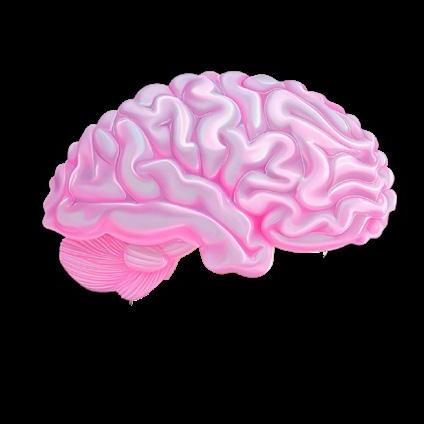
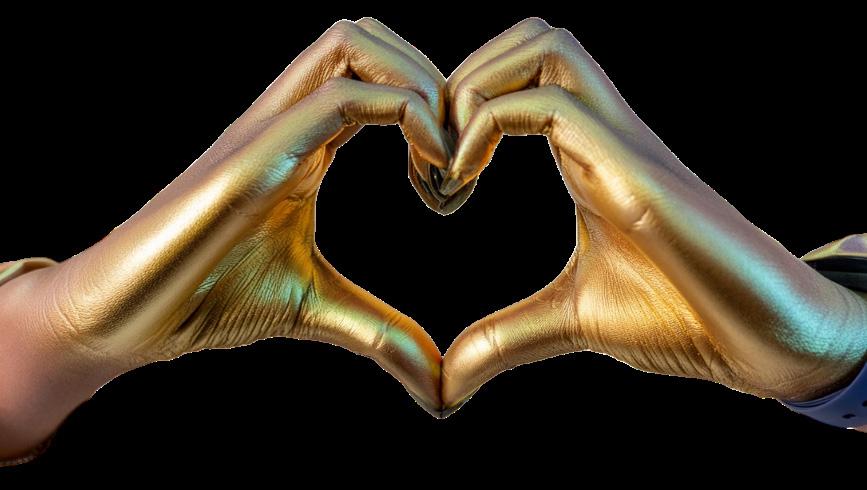


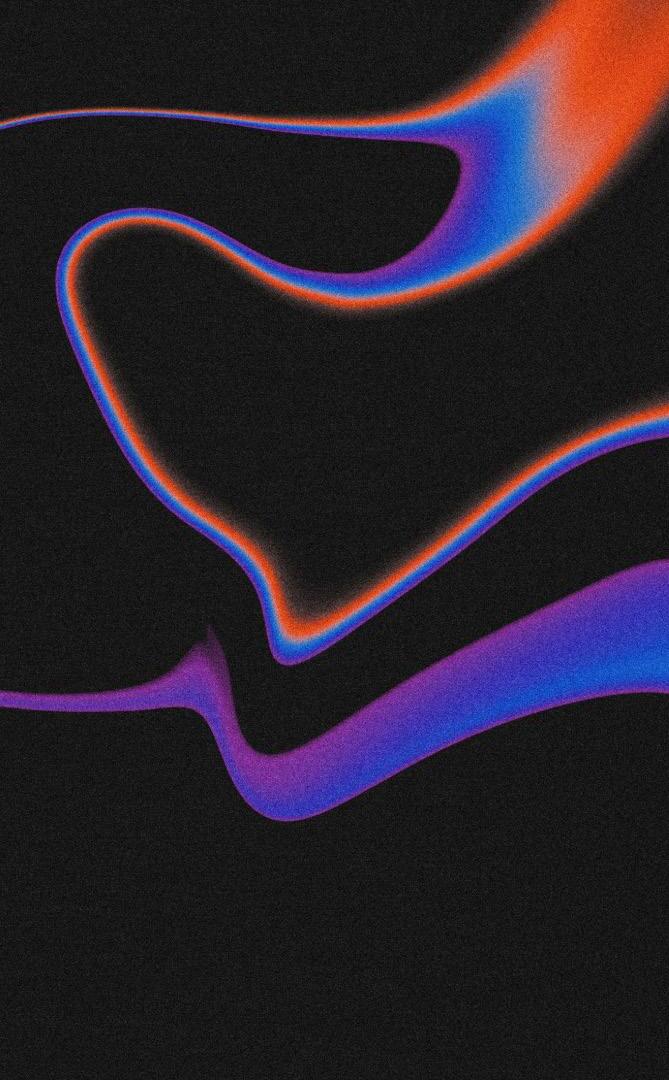



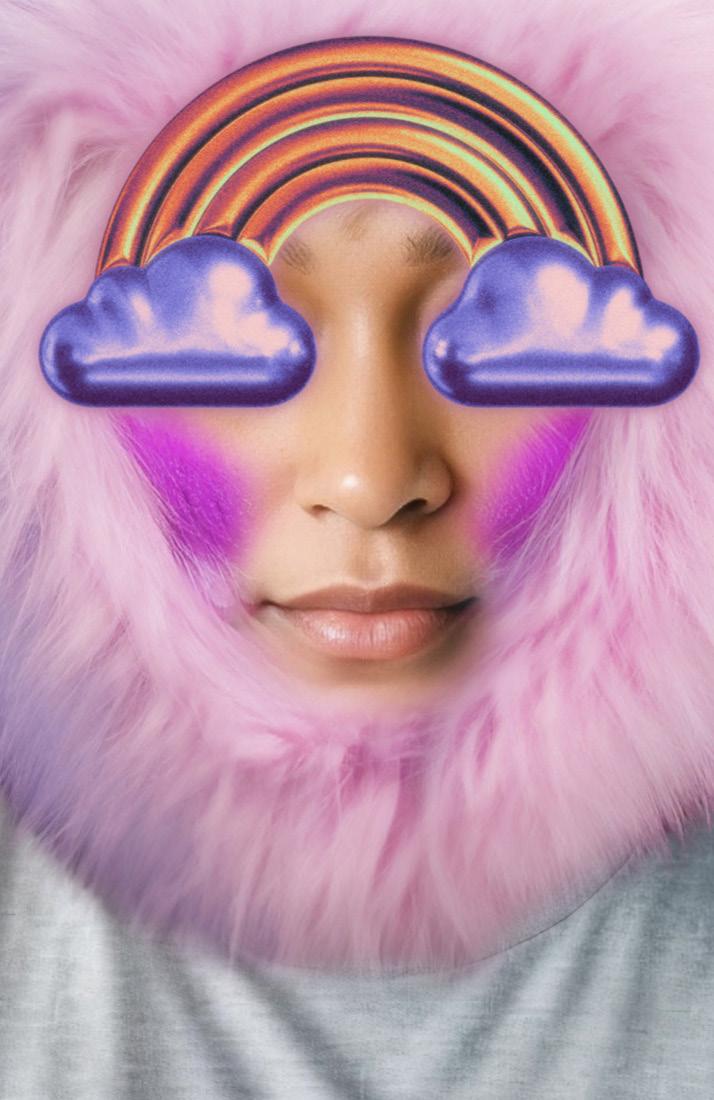



HWT Konop
Stratos
written and designed by © Jen White-Johnson, 2024 Typeaces used:
&
jenwhitejohnson.com




1. Clean Air Rooted in Collective Care 2. Discourage a Culture of Masking one’s Disabilities 3. Amplify Access-Centered Protest 4. Dismantle the desire for a Non-Disabled Body 5. Plant seeds, Not oppression

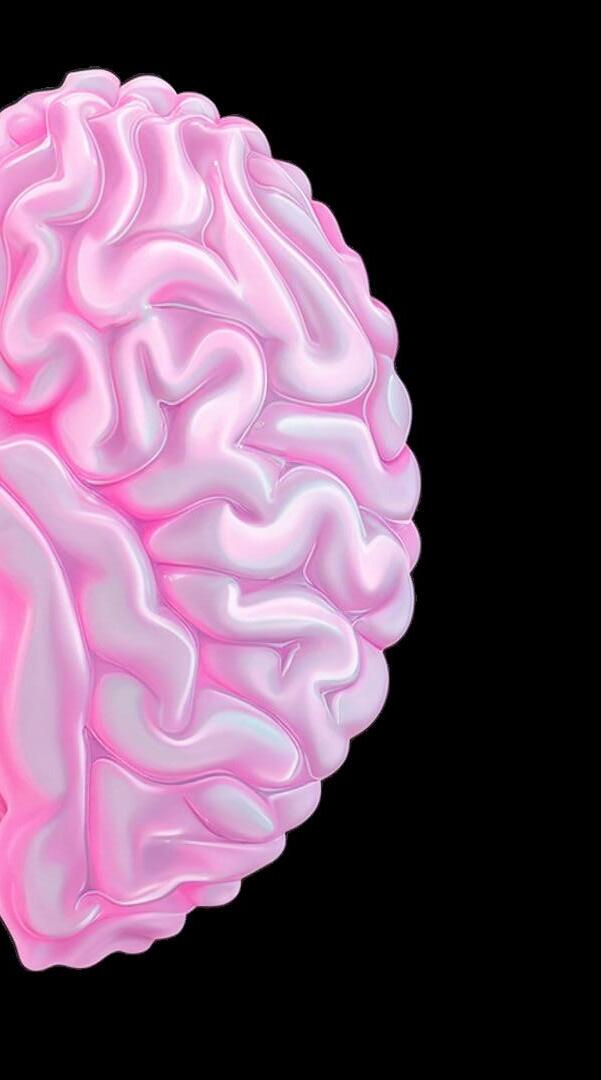
6. Cultivate Liberatory Gardens of Expression 7. Prioritize Radical Rest 8. Collective Liberation can’t be created in silos of fear 9. To Be Pro-Neurodiversity is to be Anti-Racist 10. Do Not Erase Black Disabled Ancestors

We, the neurodivergent artists and activists, declare our commitment to the liberation of minds and spirits. In an age where our planet's very breath is compromised, we take a stand for clean air rooted in collective care.
Our voices rise together in harmonious resistance, refusing to be silenced by the oppressive constructs of ableism and racism.




2. Discourage of hiding one’s
disabilities
We shall no longer hide or mask our disabilities, nor should any artist or activist feel compelled to hide their true selves. It is our collective responsibility to plant seeds of justice that cultivate a culture of acceptance and access in creative spaces and beyond.
Discourage a culture one’s disabilities
We call upon each other to foster environments where we can thrive, unapologetically, as our authentic selves.




3. Amplify Access Centered Protest
We proudly identify as disabled and neurodivergent, using our art and activism as tools for empowerment and

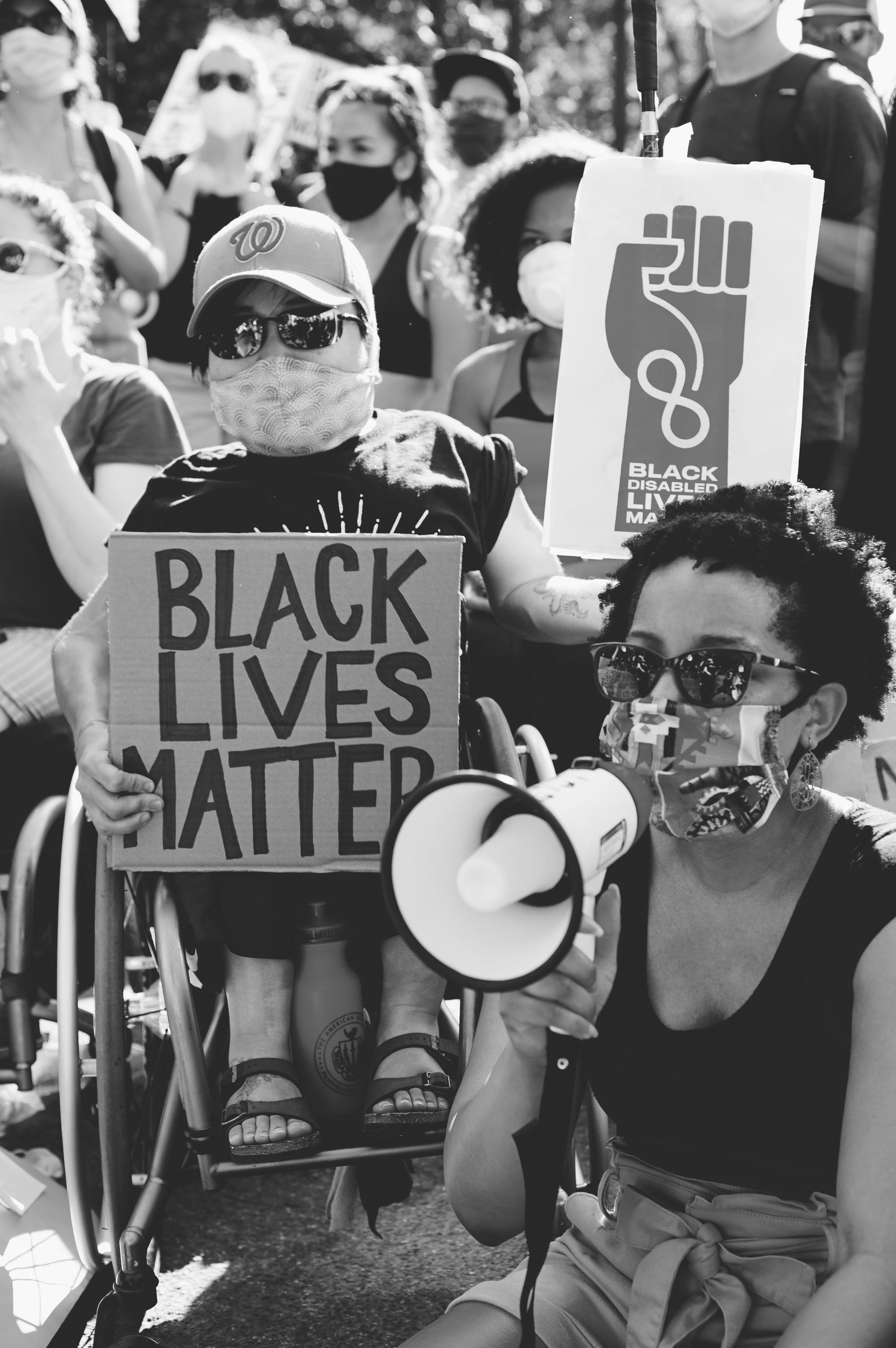










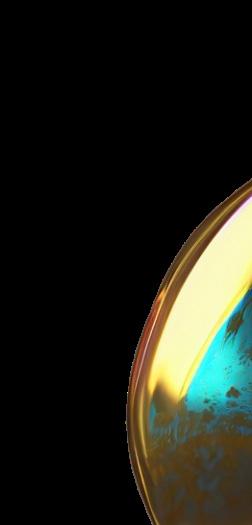




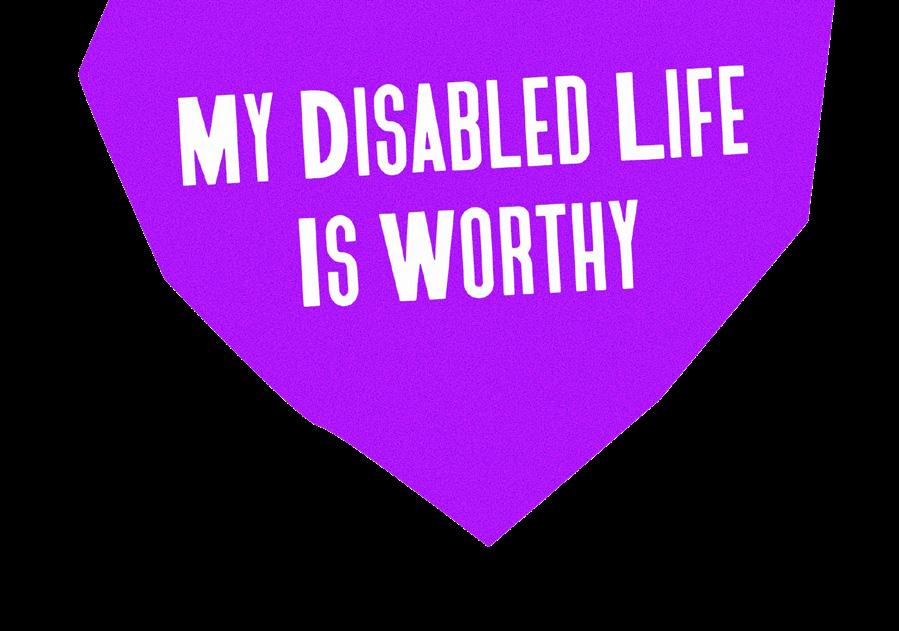


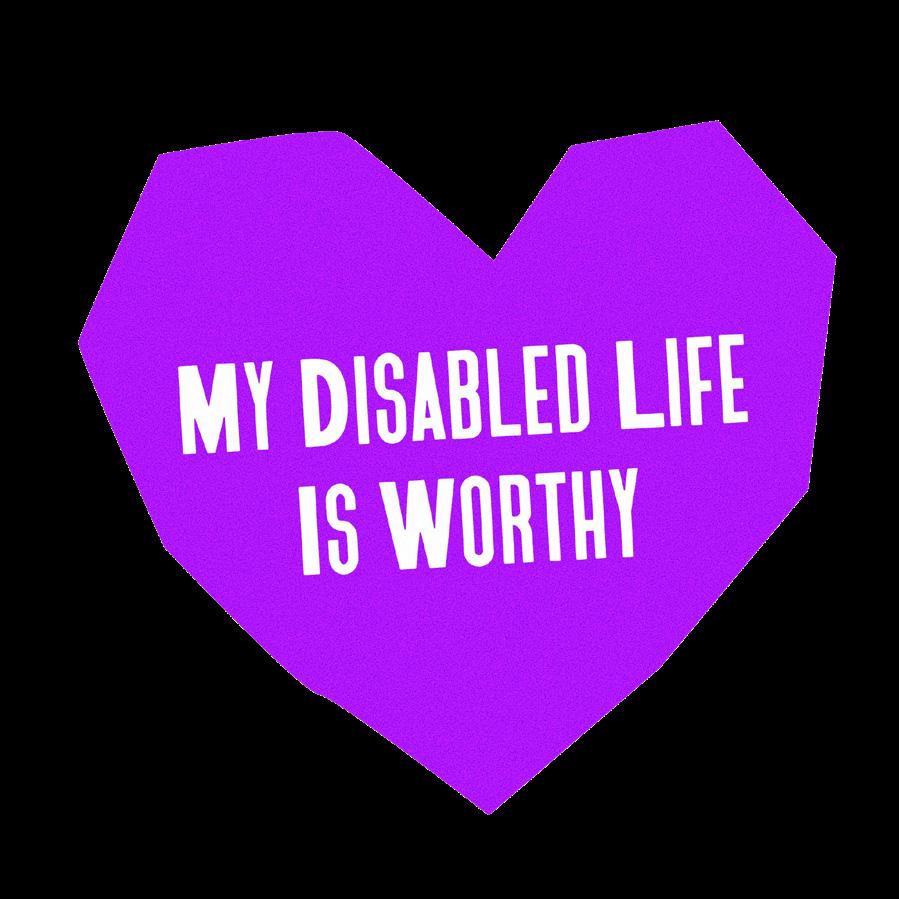





4. Dismantle the Desire non-disabled
We advocate for accesscentered protest, dismantling the desire for a non-disabled body. We honor the unique beauty of each individual, celebrating the diversity of minds and bodies that enrich our world.
Dismantle Desire for a non-disabled body


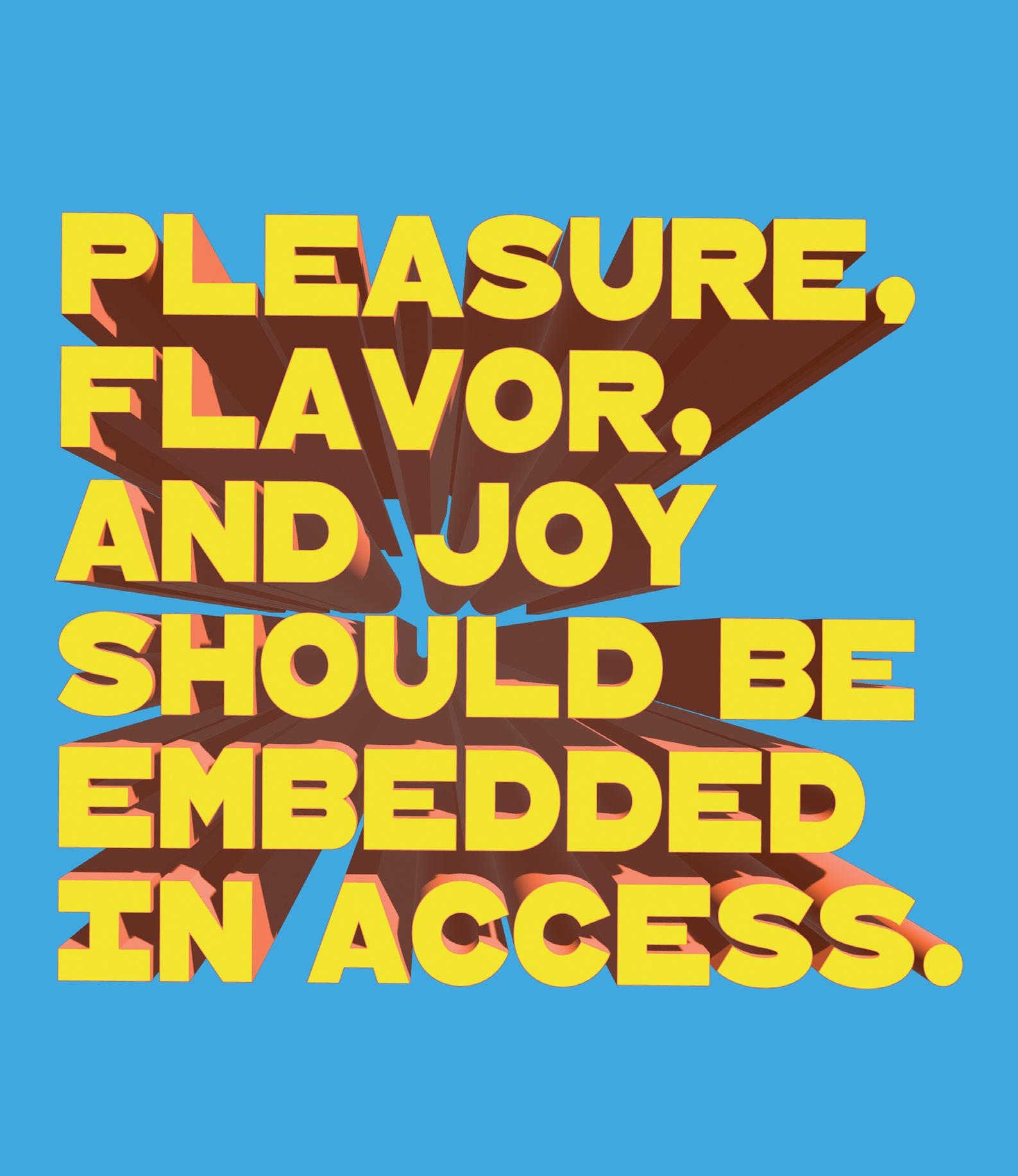
5. Plant Not Oppression
As Black Neurodivergent artists and designers, our work is rooted in shifting culture, co-conspiring with our disabled comrades, and building anti-ableist spaces to dismantle the cultural constructs that pathologize certain bodies and minds for being disabled.

Seeds, Oppression
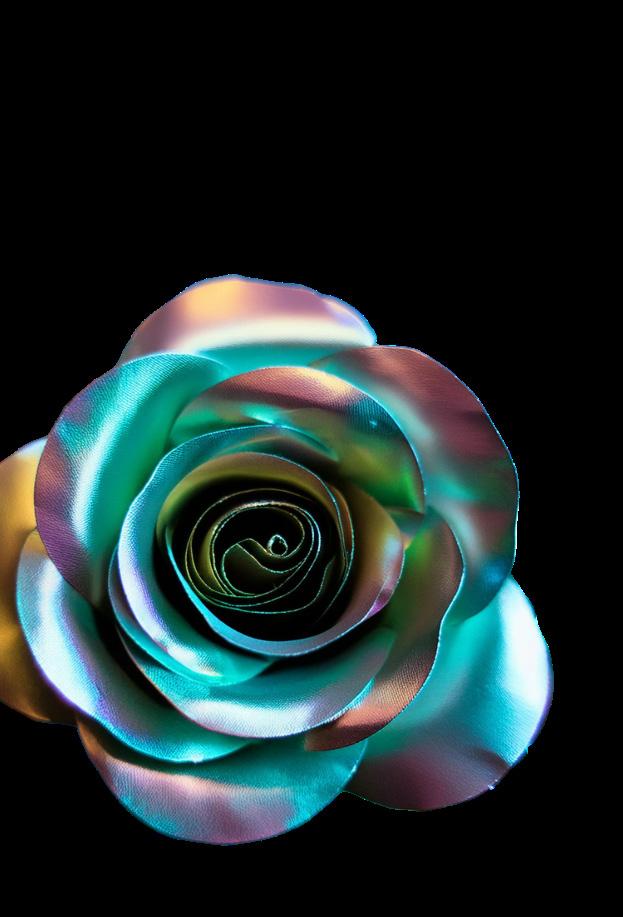






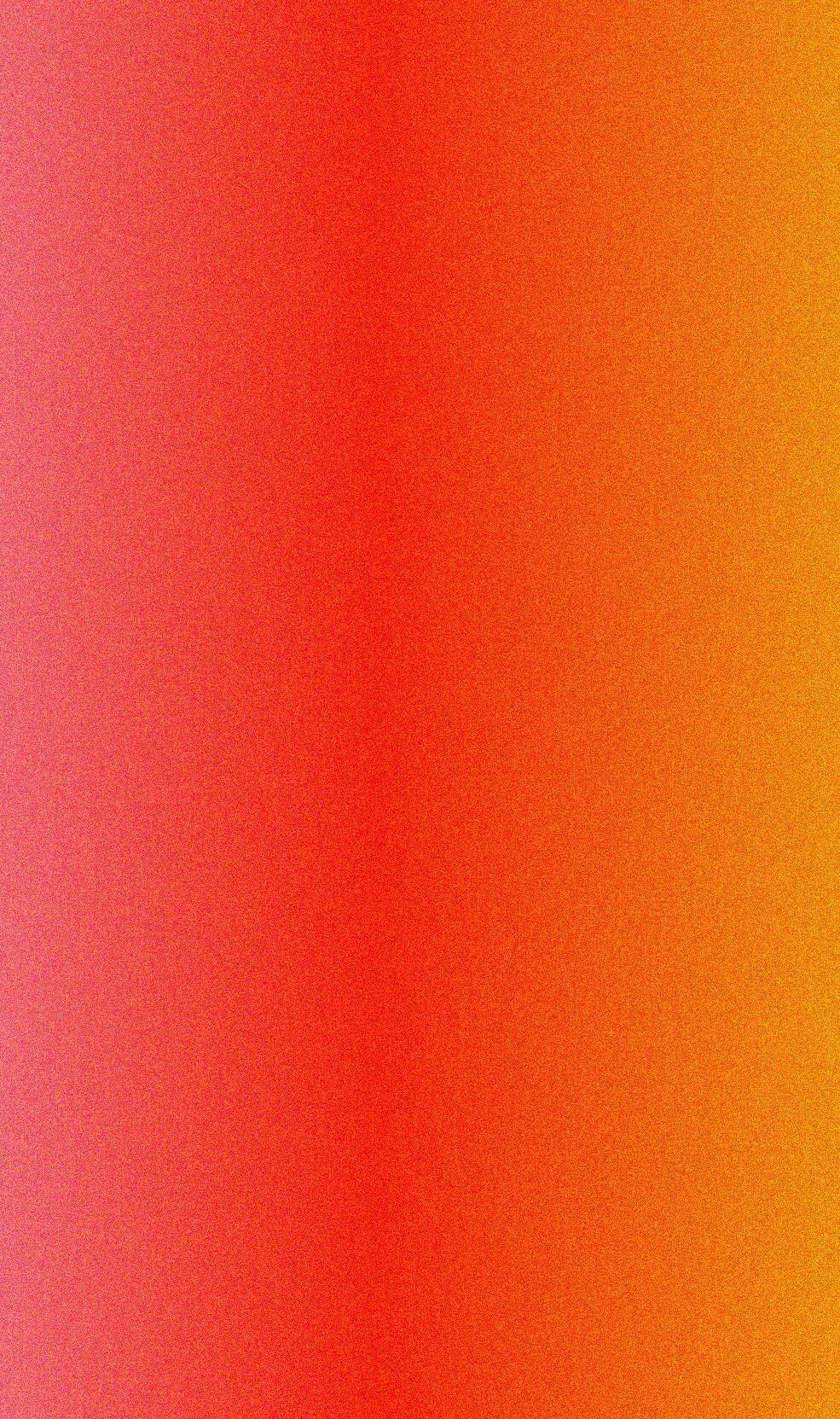

6. Cultivate Liberatory
We aspire to cultivate liberatory gardens of expression, where our talents and passions are nurtured in soil free from oppression. We recognize the interconnected nature of our struggles and the importance of centering disability justice in our quest for collective liberation.

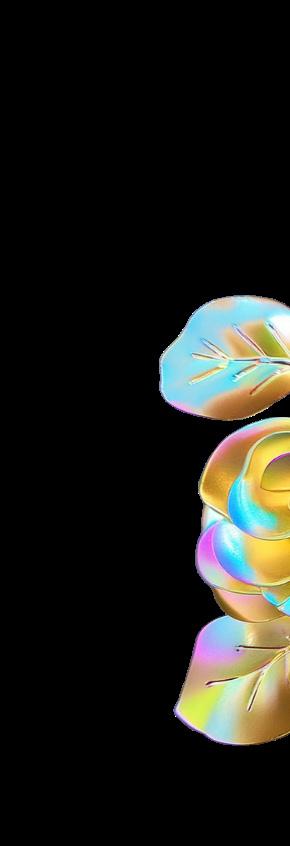

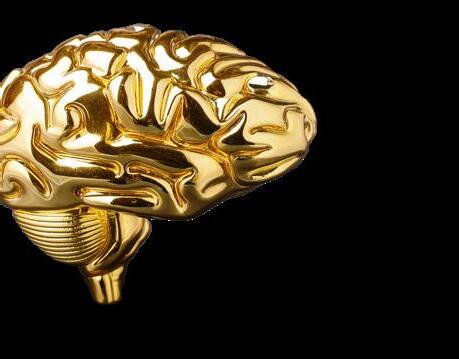


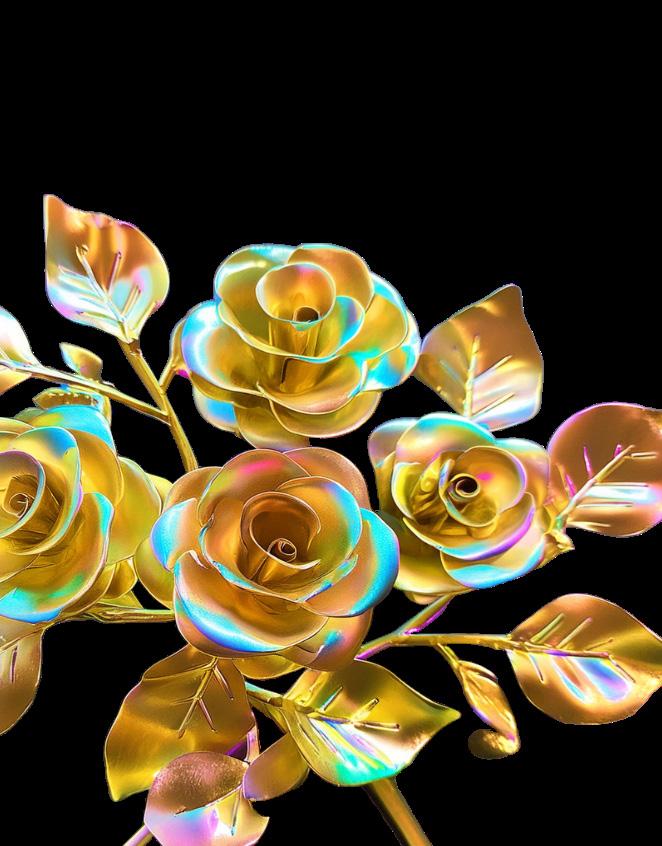
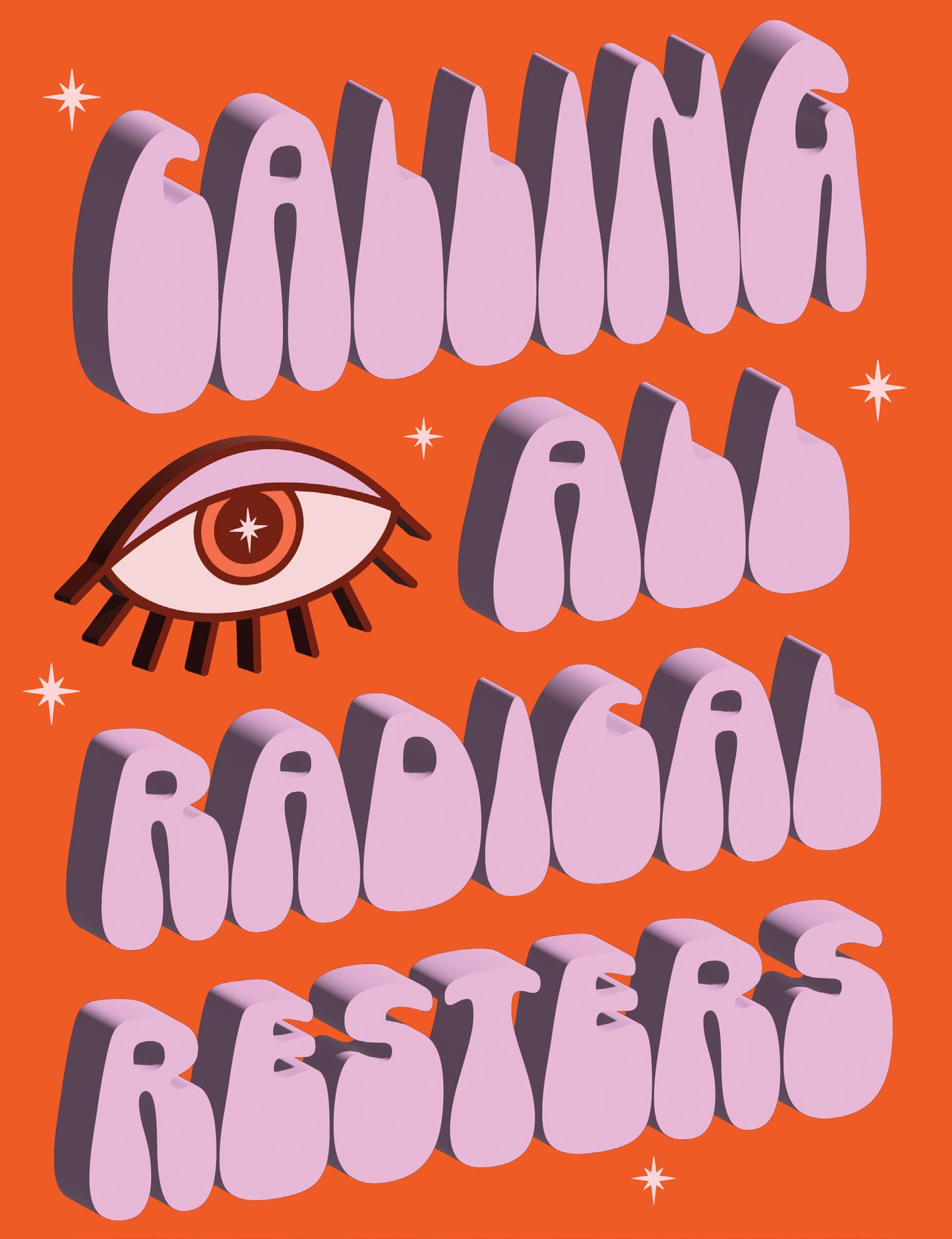
7. Prioritize Radical Rest
We prioritize radical rest, understanding that our strength and resilience are replenished when we care for ourselves and each other.
We reject the notion that productivity and capitialism defines our worth, and instead embrace the healing power of self-care and community care.
8. Collective Liberation cannot be created in Silos of Fear
Collective liberation cannot be created in silos of fear. We must unite, unmasking our

9. To Be ProNeurodiversity is to be Anti-Racist

To be pro-neurodiversity is to be anti-racist, recognizing that our struggles are interwoven and that our freedom is bound together.
10. Do Not Erase Black
In the spirit of Fannie Lou Hamer, a civil and voting rights activist who taught others to read and write in the face of oppressive literacy tests, we too shall wear many hats in our pursuit of liberation. Through our art and activism, we will teach, inspire, and uplift those around us.
Hamer’s determination in founding the Freedom Farm Cooperative serves as a reminder that we can cultivate our own gardens of opportunity, even in the face of adversity.
Disabled Ancestors
Together, we stand as neurodivergent artists and activists, committed to a vision of a world that embraces the diverse tapestry of minds and bodies. In the words of Fannie Lou Hamer, we are “sick and tired of being sick and tired.” We rise together, unified in our quest for collective liberation and justice, fueled by the vibrant power of our art and activism.










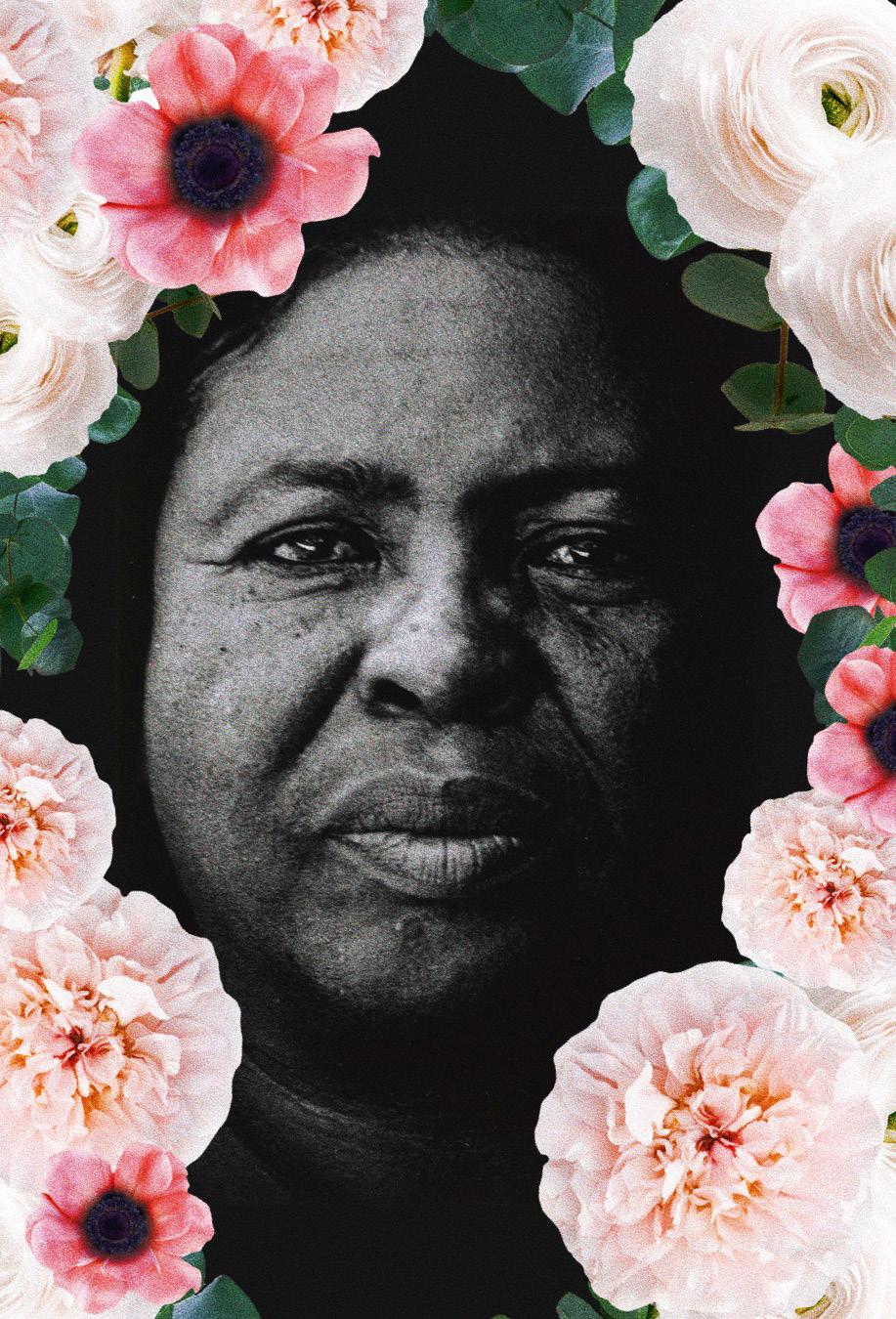

In our pursuit of collective liberation, we honor the legacy of Black Neurodivergent Disabled Advocate and artist, Lois Curtis. Her unwavering courage and determination paved the way for countless individuals, and her impact continues to be felt in our movement. As a trailblazing disabled ancestor artist and activist, Lois Curtis played a pivotal role in the groundbreaking Supreme Court case, Olmstead v. Lois Curtis (1999), which established the right of disabled people to live in the least restrictive settings possible within the community.
The profound influence of Curtis’s work on our lives reminds us that we cannot achieve collective liberation in isolation.
By celebrating and continuing her legacy through our own art and activism, we unite in solidarity, ensuring that her spirit of resistance and resilience remains
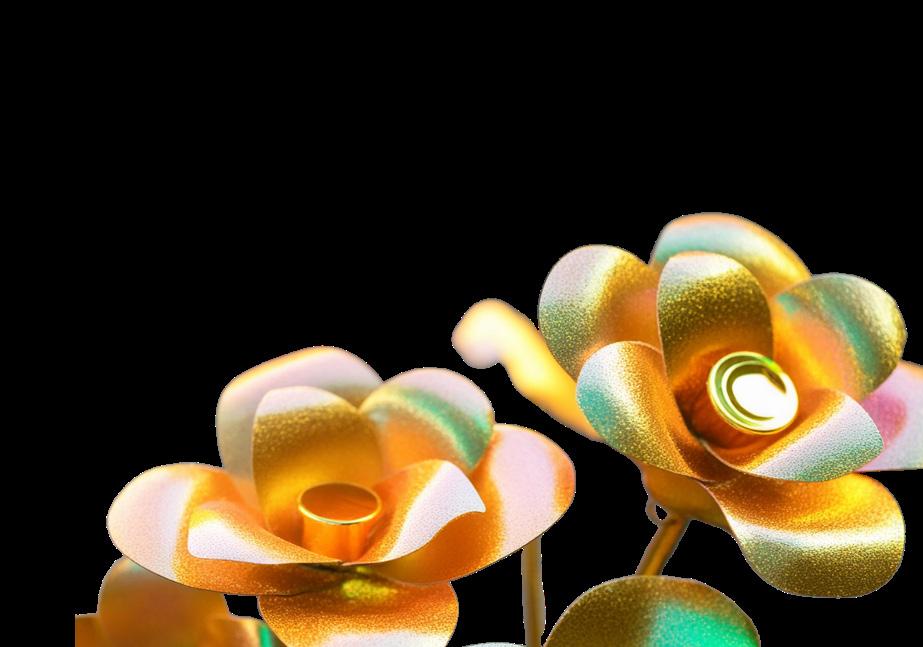
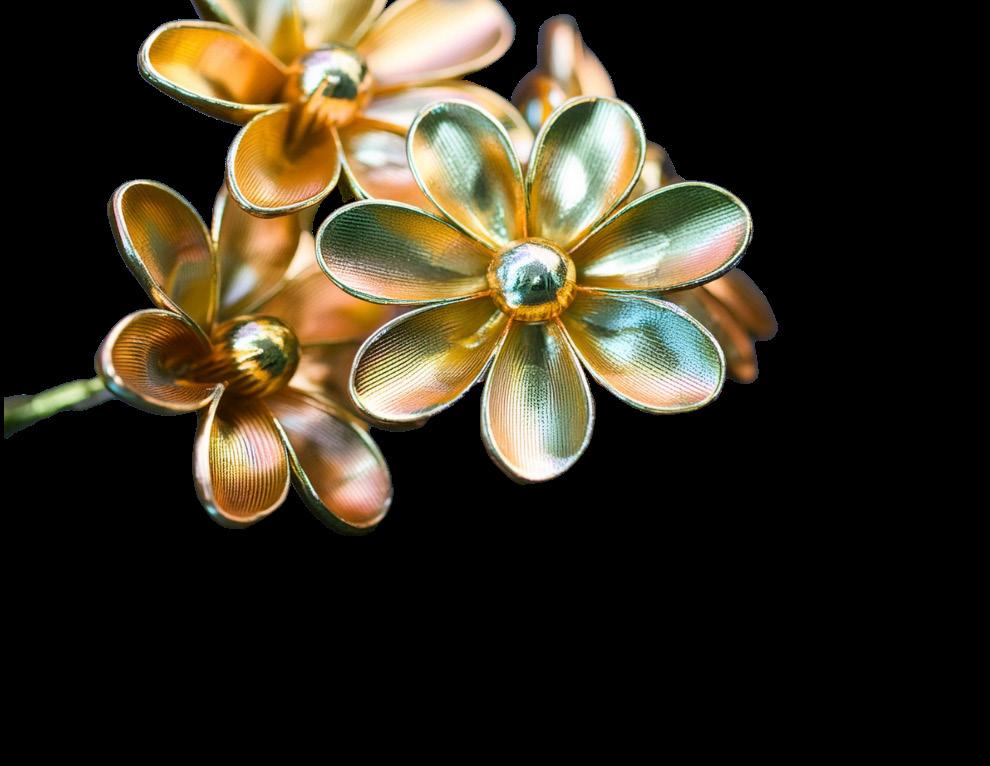



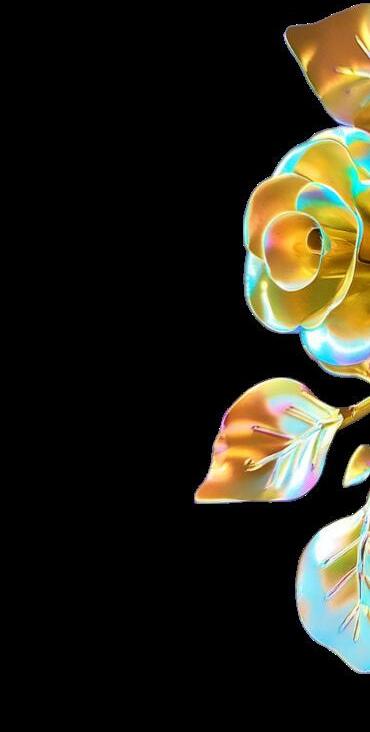




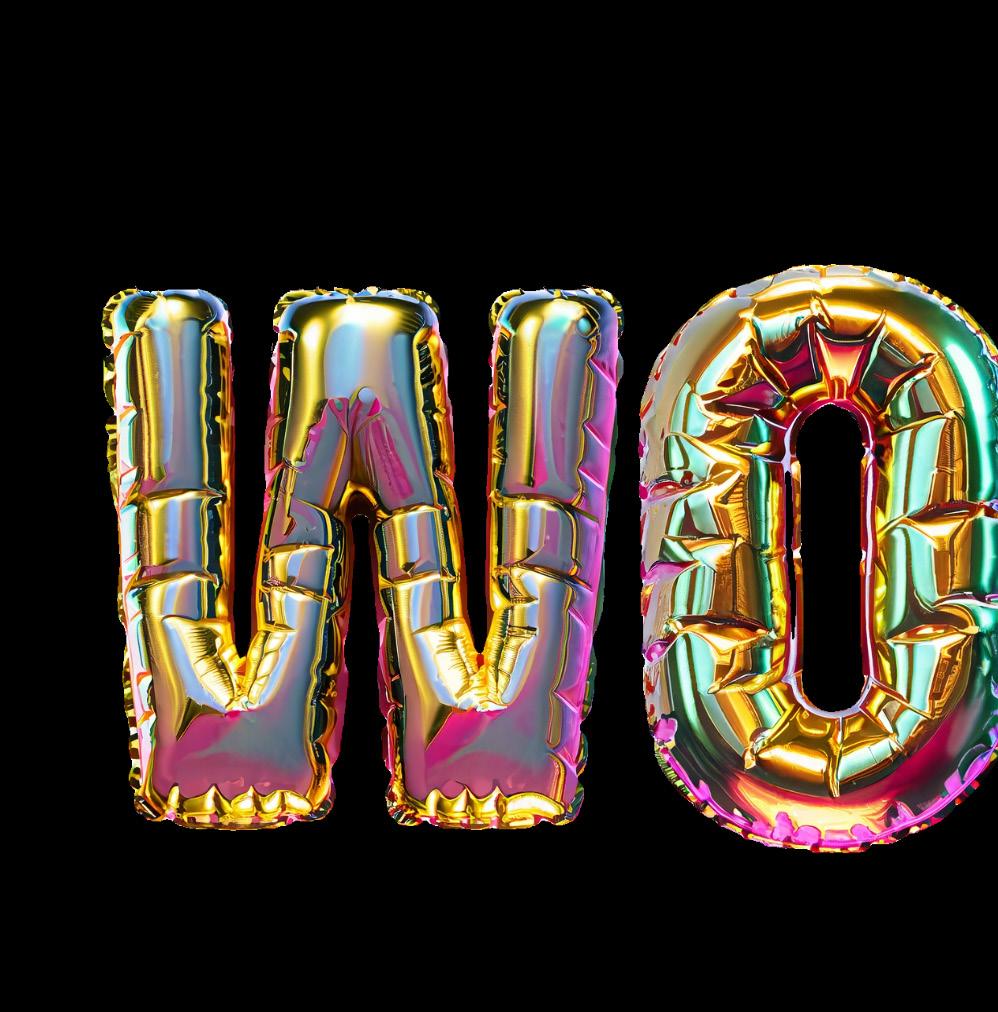

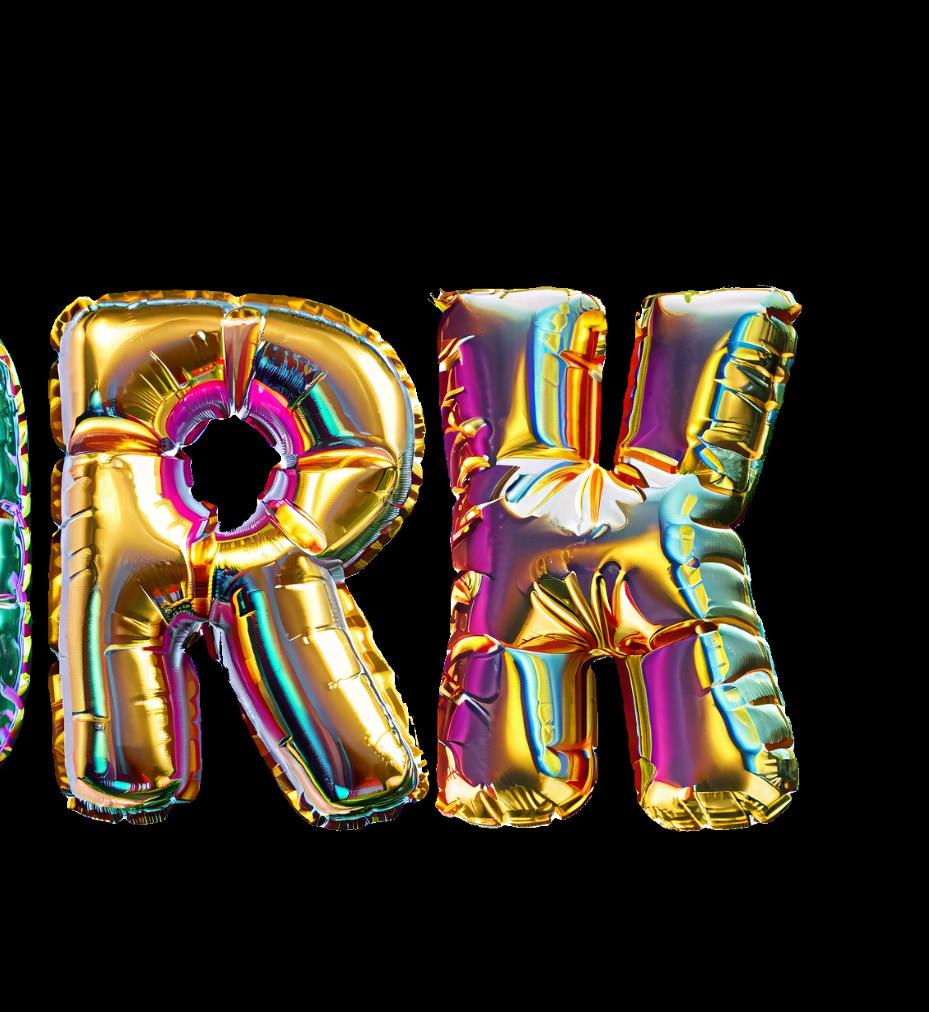
A Black Neurodivergent Artist’s Manifesto
Collective Liberation
Four Point Program.
1.
Neurodivergent Manifesto to Liberation Program.
Develop and Strengthen Community Networks
Establish and maintain a strong network of neurodivergent artists, activists, and allies from communities of color. Encourage mentorship, skillsharing, and collaboration, as well as emotional and practical support within the community. Utilize social media and online platforms to connect individuals, share resources, and amplify voices. Foster a sense of belonging and empower each other to contribute to the collective movement for liberation.
2.
foster Accessible and disabled centered
Creative Spaces
Advocate for and create accessible, inclusive, anti-ableist and anti-racist creative spaces, both physical and virtual, that cater to the unique needs of neurodivergent individuals. Prioritize representation and participation of artists and activists from communities of color in exhibitions, performances, and other cultural events. Work with institutions and organizations to dismantle systemic barriers and ensure equal access to opportunities, resources, and platforms for neurodivergent artists and activists of color.
3.
Education, Acceptance and Awareness
Raise visibility about neurodiversity, disability justice, and anti-racism through creative expression, workshops, and community events. Develop educational programs and resources that focus on the intersection of neurodiversity, race, and art, which can be used to inform the wider public, as well as to empower neurodivergent artists and activists from communities of color. Partner with schools, universities, and cultural institutions to promote an understanding of neurodiversity and challenge stereotypes and stigmas associated with disability and race.
4.
Advocacy, Accountability and Policy Change
Engage in advocacy to influence policy changes at local, regional, and national levels that promote the rights, well-being, and inclusion of neurodivergent artists and activists from communities of color. Collaborate with other social justice movements to address intersecting forms of oppression and build solidarity. Monitor and hold institutions accountable for implementing policies that uphold disability rights and racial justice, ensuring that the voices of neurodivergent individuals from communities of color are centered in these processes.










































































































